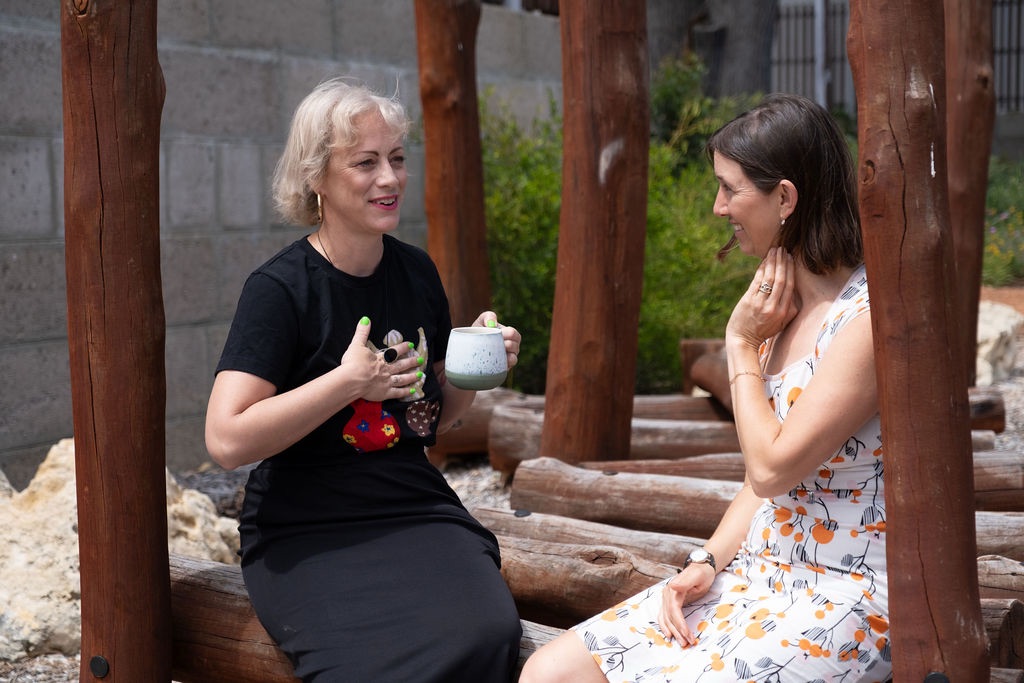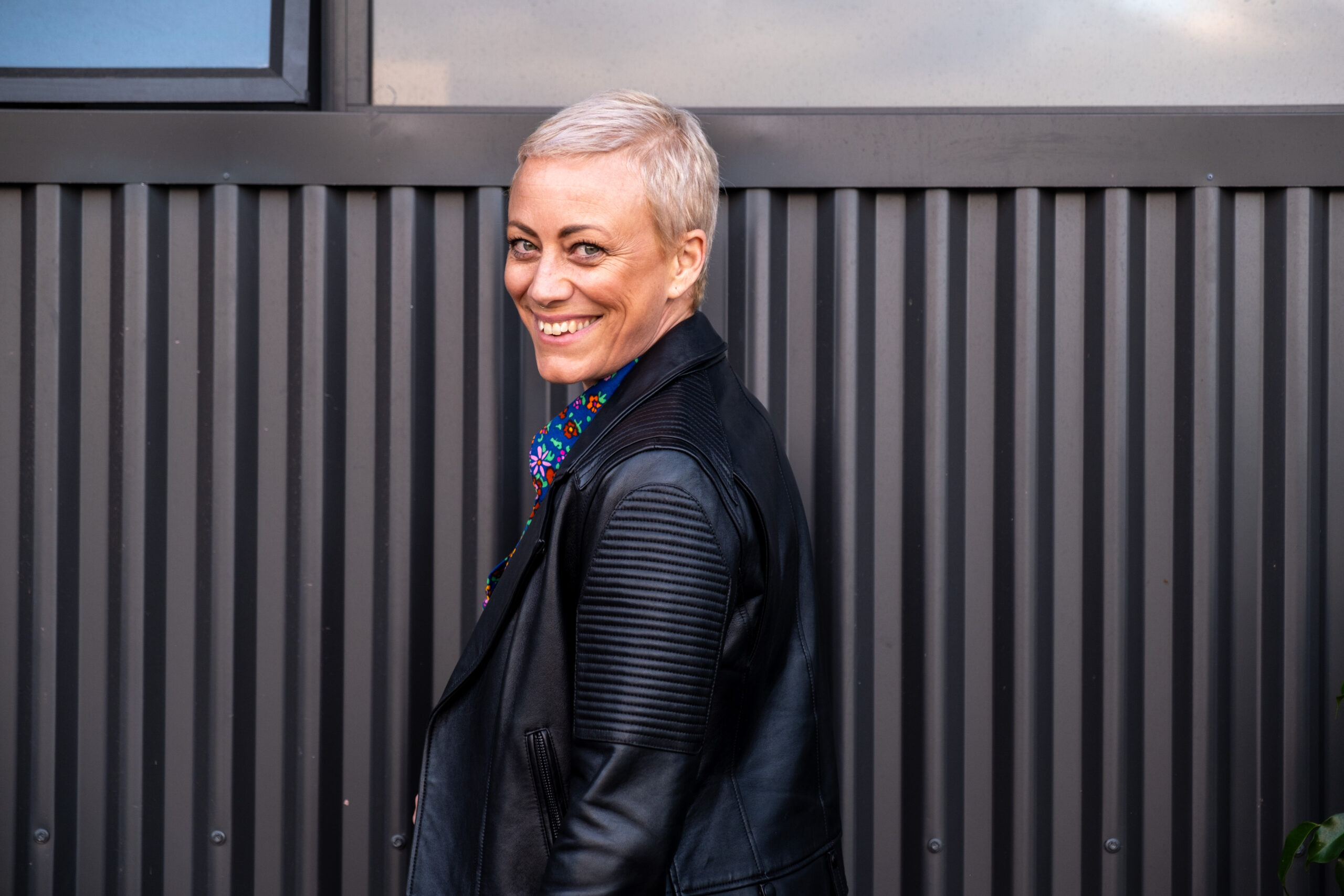Living with People: The Frustrations and the Lessons
If you’ve ever shared your home with others, you’ll know the frustrations of living with people are almost inevitable. Rarely do two people want the exact same thing at the exact same time. That constant push and pull is one of the biggest reasons why home life can feel stressful — and why it’s so important to talk about it.
As a professional organiser, decluttering consultant, and Feng Shui specialist, I’ve seen firsthand how clutter, poor organisation, and conflicting lifestyles can turn homes into toxic spaces. When we come home after a long day, we crave peace. But instead of harmony, we’re often met with noise, mess, or competing needs.
The truth is, there isn’t one “perfect” way to live. Home takes many forms — from living alone, to flatmates, to blended families, to communal or transitional housing. Each has its joys, challenges, and unique lessons.
Here are some of the most common living situations people experience:
- Living Alone — independence, freedom, privacy, or life stages like divorce, widowhood, or study.
- Living with a Partner/Spouse — with or without kids, with pets, or even long-distance arrangements.
- Living with Children — single parenting, nuclear families, blended families, or fostering/adoption.
- Living with Parents/Family of Origin — multigenerational homes or the “sandwich generation” caring for kids and parents.
- Living with Siblings/Extended Family — sharing with brothers, sisters, cousins, or grandparents.
- Shared Living (Non-Family) — flatmates, friends, or strangers in co-living spaces.
- Communal/Alternative Living — eco-villages, religious housing, student dorms, or retirement villages.
- Transitional Living — shelters, host families, couchsurfing, or military/service housing.
- Work-Related Living — live-in staff, seasonal workers, or expats abroad.
Every setup comes with its own dynamics. None is “better” than another. For me personally, I’ve lived in blended family households, flat shares, and with just a partner. Now, as a stepmum in a blended family, I’ve learned that living with others can be frustrating — but it can also be deeply rewarding.
Why Living with People Feels Hard (and What It Teaches Us)
The frustrations of shared living usually come down to habits, boundaries, and expectations clashing. Someone’s idea of “clean” may be different from yours. A partner’s need for downtime might conflict with your need for connection. Children bring joy but also noise, mess, and responsibility.
But here’s the reframe: these frustrations are also teachings. Feng Shui teaches us that our homes are not random — they are energetic mirrors of our inner world. The land beneath our home, the layout of our rooms, and even the people we’re drawn to live with are all part of a bigger karmic lesson (Hale, 2000; Simons, 2018).
From the moment we are born, our home environment shapes our habits and happiness. Even if your current living situation feels chaotic, it’s there to teach resilience, patience, and awareness.
So the next time you feel stressed by your living arrangement, pause and ask:
What lesson is this situation offering me?
Because often, the home and the people within it are helping you grow — even if it doesn’t feel that way in the moment.
Need more help with your living situation? Give me a call.



